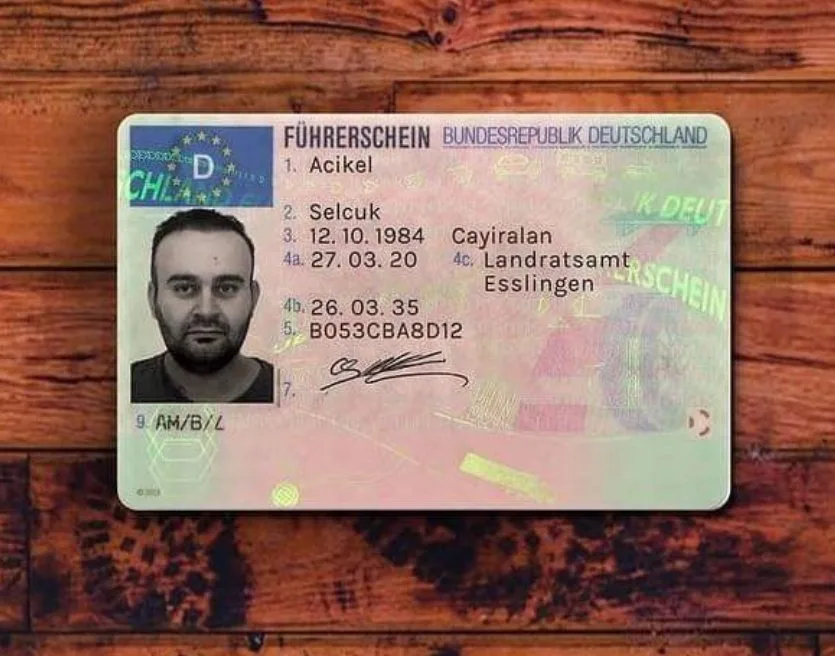How to Buy a Moped License: A Comprehensive Guide
Over the last few years, mopeds have witnessed a revival in appeal as an economical, environmentally friendly, and enjoyable mode of transportation. Whether you wish to zip through city streets, avoid traffic jams, or simply enjoy the open air, getting a moped license is a crucial very first action. But what does it really mean to "buy" a moped license? This article will clarify the process and provide you with all the info you need to legally ride your moped.
Understanding Moped Licenses
Initially, it's important to clarify that a person does not actually "buy" a moped license; rather, one obtains it through legal ways such as passing required tests and fulfilling specific requirements. A moped license usually describes an authorization or license that enables individuals to legally operate mopeds on public roadways. Depending on your region, these licenses might have different names, like Class M, motor-driven cycle license, or moped endorsement.
Kinds Of Moped Licenses
Before diving into the procedure, it's important to understand the types of licenses offered:
Student's Permit: Allows new riders to practice under particular restrictions.
Complete Moped License: Grants unrestricted opportunities to operate a moped.
Moped Endorsement: An addition to an existing driver's license that enables you to ride a moped.
Actions to Obtain a Moped License
1. more resources governing moped licenses differ commonly depending upon your country, state, or province. Some areas have specific requirements related to age, safety equipment, and even insurance. Investigating regional guidelines is essential to ensure compliance and prevent fines.
2. Age Requirements
A lot of jurisdictions require riders to be a certain age to qualify for a moped license. This can vary from as young as 15 to as old as 18. Some states even enable older motorists to get a license without a learner's authorization.
3. Take a Safety Course
In numerous locations, registering in a moped safety course is not only useful but might likewise be obligatory. These courses often cover vital abilities such as:
Basic moped operation
Defensive riding techniques
Traffic laws suitable to mopeds
Completing such a course can often lead to a waiver of the riding test when looking for a license.
4. Pass the Written and Riding Tests
To officially obtain a moped license, you'll generally need to pass both a composed and a practical riding test. The composed exam typically covers:
State-specific traffic laws
Moped security guidelines
Riding practices
The riding test evaluates your ability to control the moped, navigate numerous road conditions, and follow traffic signals. Practicing ahead of time is highly encouraged to enhance your self-confidence and ensure you pass.
5. Pay Associated Fees
Once you've successfully passed the tests, you'll need to pay any involved charges to receive your moped license. This could include application fees, testing fees, and the expense of the license itself.
6. Obtain Insurance

While not always needed by law, it's highly recommended to have insurance coverage for your moped. This can assist protect you financially in case of a mishap or theft. Research numerous insurance coverage companies to find a policy that fits your requirements and spending plan.
7. Keep Your License Updated
Lastly, it's important to keep your moped license updated and restore it as necessary. Sticking to local guidelines concerning license renewal will assist you avoid any legal concerns.
Conclusion
Riding a moped can offer flexibility and convenience like no other type of transportation. However, it's crucial to go through the correct channels to get your moped license. By understanding your regional laws, finishing the essential courses, passing the tests, and sticking to safety guidelines, you'll be well on your way to legally taking pleasure in all the advantages that feature owning a moped. Delighted riding!
